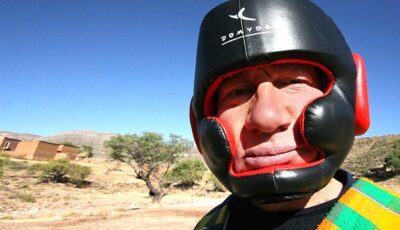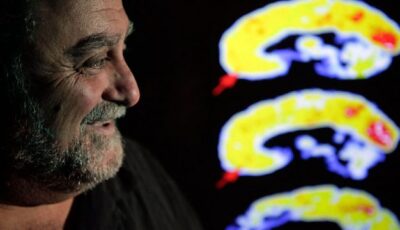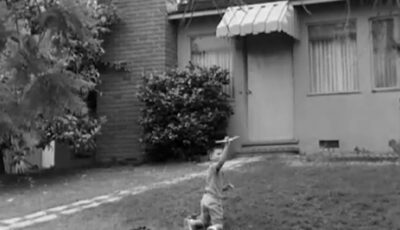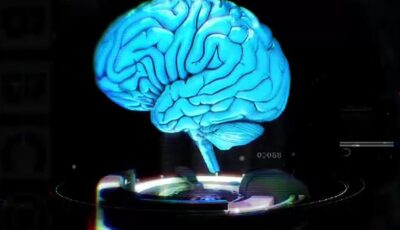Synopsis
An example of how brain injuries can lead to changes in personality and increased aggression.
- Programme: Horizon
- Series: 2008-2009
- Episode: How Violent Are You?
- Channel: BBC Two
- Broadcast year: 2009
- Psychology | One biological explanation of criminal behaviour
Licence: ERA Licence required
UK only
Staff and students of licensed education establishments only
Cannot be adapted
Add Notes
More clips from Horizon

How Violent Are You? | Horizon
How Violent Are You? | Horizon
What makes ordinary people commit extreme acts of violence? Michael Portillo investigates the dark side of human nature and discovers what it ...

Milgram's obedience study | Horizon
Milgram's obedience study | Horizon
Watch a modern replication of Milgram's famous obedience study and see how the participants react to the situation.

Reinforcement and aggression | Horizon
Reinforcement and aggression | Horizon
Michael Portillo investigates the role of socialisation and reinforcement of aggression in different cultures.

How Violent Are You? | Horizon
How Violent Are You? | Horizon
What makes ordinary people commit extreme acts of violence? Michael Portillo investigates the dark side of human nature and discovers what it ...

Milgram's obedience study | Horizon
Milgram's obedience study | Horizon
Watch a modern replication of Milgram's famous obedience study and see how the participants react to the situation.

Reinforcement and aggression | Horizon
Reinforcement and aggression | Horizon
Michael Portillo investigates the role of socialisation and reinforcement of aggression in different cultures.
More resources about Aggression

How Violent Are You? | Horizon
How Violent Are You? | Horizon
What makes ordinary people commit extreme acts of violence? Michael Portillo investigates the dark side of human nature and discovers what it ...

Are Video Games Really That Bad? | Horizon
Are Video Games Really That Bad? | Horizon
Horizon explores the differing opinions on video games. They frequently stand accused of causing violence and addiction in young p...

Video games and aggression | Horizon
Video games and aggression | Horizon
Levels of aggression have been shown to increase after playing violent video games.

The Waldrup case (1) | Horizon
The Waldrup case (1) | Horizon
Jim Fallon explains the link between biology and violent criminal behaviour in terms of brain damage and the role of the MAOA gene.

Imitation of aggression | The Brain: A Secret History
Imitation of aggression | The Brain: A Secret History
Bandura's work challenged views of the time and showed that aggression is often imitated.

Milgram's obedience study | Horizon
Milgram's obedience study | Horizon
Watch a modern replication of Milgram's famous obedience study and see how the participants react to the situation.

The Waldrup case (2) | Horizon
The Waldrup case (2) | Horizon
The Waldrup case - the first time that the gene-environment interaction was used as a defence strategy for murder.

Video games and violent crime | Horizon
Video games and violent crime | Horizon
Levels of violent crime have been steadily declining since the introduction of video games.

13: The Violent Mind | The Mind Machine
13: The Violent Mind | The Mind Machine
A woman with low blood sugar has violent thoughts; and a normally mild man, contaminated by insecticide, brutally murders a stranger....

Reinforcement and aggression | Horizon
Reinforcement and aggression | Horizon
Michael Portillo investigates the role of socialisation and reinforcement of aggression in different cultures.

Video games and attention | Horizon
Video games and attention | Horizon
Professor Daphne Bavelier is researching how playing video games can actually enhance visual attention in the real world.

Video games and plasticity | Horizon
Video games and plasticity | Horizon
Playing video games can lead to brain plasticity and improve navigation.
